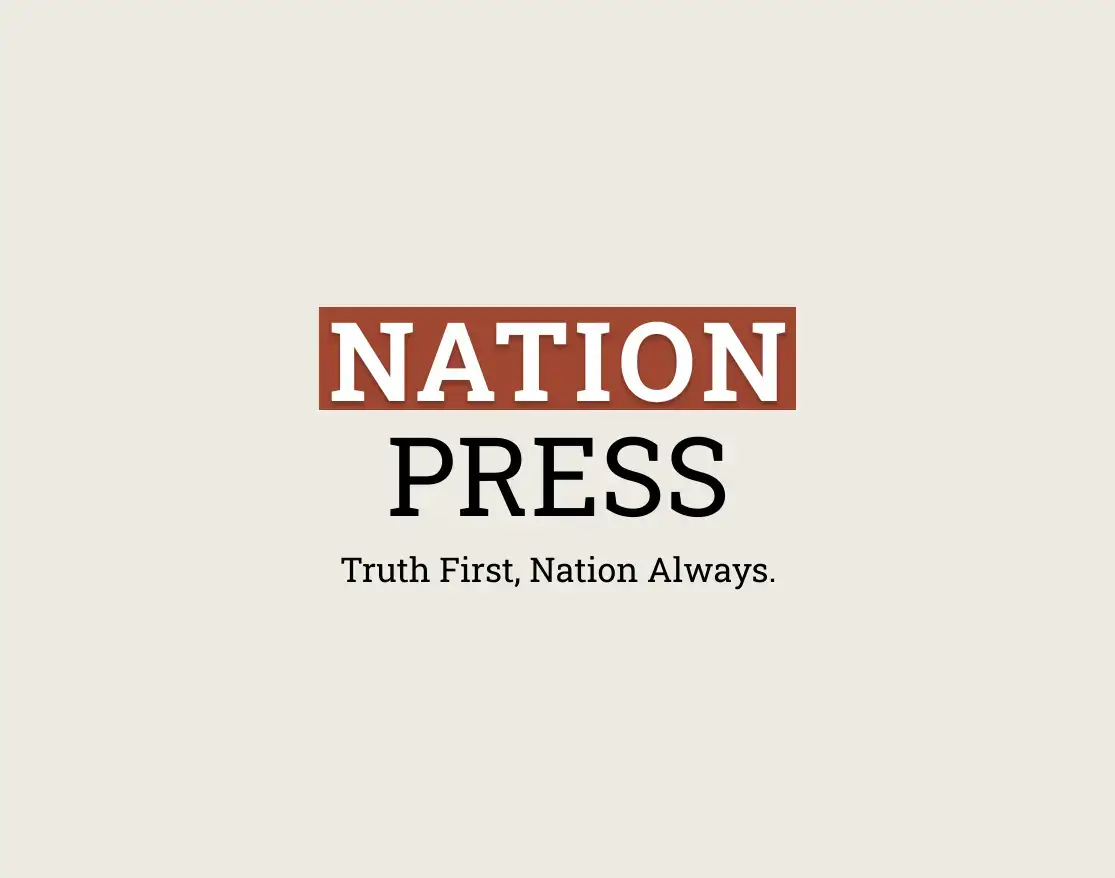Synopsis
Union Minister Hardeep Singh Puri announced a plan to divide the Ratnagiri refinery in Maharashtra from 60 MMTPA to three refineries of 20 MMTPA each. Discussions are ongoing regarding locations and the feasibility of this new structure.Key Takeaways
- Ratnagiri refinery capacity reduced from 60 MMTPA to three 20 MMTPA refineries.
- Discussions ongoing among key stakeholders including BPCL, HPCL, and IOC.
- India's current refining capacity is 270 MMTPA, with plans to expand to 310 MMTPA.
- India Energy Week 2025 will showcase global participation and focus on clean energy solutions.
- Local consultation is crucial for refinery development in Maharashtra.
Mumbai, Jan 24 (NationPress) Union Minister of Petroleum and Natural Gas Hardeep Singh Puri announced on Friday that the capacity of the Ratnagiri refinery located in the Konkan region of Maharashtra will be downsized from the initially planned 60 million tonnes per annum (MMTPA). The proposal is to establish three separate refineries, each with a capacity of 20 MMTPA, at various locations.
“Currently, there is no new information. The refinery was originally envisioned as a massive project at 60 MMTPA, but it became evident long before my tenure in the ministry that no one, neither in India nor globally, has the experience to undertake such a large-scale project,” he stated.
“A substantial hinterland, a port, and appropriately sized ships are prerequisites. Presently, instead of one 60 MMTPA refinery, we are exploring the possibility of three smaller refineries with 20 MMTPA capacities each. Discussions are ongoing,” he explained.
The minister emphasized that the vision for the Ratnagiri refinery as a 60 MMTPA facility is no longer feasible.
“There were challenges in executing such a large project. Decision-makers will definitely evaluate this situation. Perhaps a smaller refinery with capacities of 20-25 MMTPA may be more realistic. Our typical experience suggests we can consider capacities up to 20 and 25 MMTPA,” stated Hardeep Puri.
He further mentioned that the specific locations for the three smaller refineries are yet to be determined.
The Union Minister noted that the stakeholders involved in the Ratnagiri refinery, including BPCL, HPCL, and IOC, are in discussions with Saudi Aramco and Adnoc.
He added: “Our refining capacity is increasing. We currently have a capacity of 270 MMTPA and are planning to expand it to 310 MMTPA. In Andhra Pradesh, BPCL is pursuing a project with an investment of Rs 80,000-90,000 crore.”
“The country’s refining capacity is progressing well. The question remains whether we will ultimately reach 400 MMTPA or even higher. Serious discussions are underway about this.”
Hardeep Puri's remarks regarding the Ratnagiri refinery followed statements from Ajit Pawar of the NCP, a coalition partner in Maharashtra's ruling MahaYuti, advocating for the development of a refinery in the coastal Ratnagiri district (previously known as the Nanar refinery) after engaging with local stakeholders.
Maharashtra NCP chief Sunil Tatkare, who chairs the Parliamentary Standing Committee on petroleum and natural gas, stated: “There is potential for a refinery to be established in Maharashtra with a reduced capacity compared to earlier proposals. The Centre has indicated possibilities in this regard. The development of a refinery with lowered operational capacity can be a topic of discussion with the Centre and among MahaYuti partners and local communities. Given the country's substantial oil import expenses, establishing a refinery is essential.”
Additionally, Hardeep Puri announced that the India Energy Week (IEW) will take place from February 11-14 in Delhi, highlighting that the event will attract significant global participation from ministers, CEOs, and industry leaders, setting benchmarks in the energy sector.
“IEW 2025 will be a crucial platform to enhance collaborative efforts for accelerating the global adoption of clean cooking solutions. India's highly successful Pradhan Mantri Ujjwala Yojana (PMUY) will be prominently featured, showcasing valuable insights and best practices as a global model for overcoming energy access challenges,” the minister remarked.
Hardeep Puri stated that IEW 2025 is expected to achieve significant growth in scale and participation compared to prior editions.
The exhibition area will expand by 65 percent to 28,000 square meters, the number of conference sessions will rise to 105, and global delegates are anticipated to exceed 70,000. Over 500 speakers, including prominent international figures, will participate, underscoring the event's growing global importance.
The conference will feature 10 country pavilions from leading nations such as the U.S., UK, Russia, Japan, Germany, and the Netherlands, along with eight thematic zones focusing on hydrogen, renewables, biofuels, and petrochemicals.
Participation will include 20+ foreign energy ministers or deputy ministers, along with Heads of International Organizations and 90 CEOs from Fortune 500 energy companies.
A key aspect of IEW 2025 will focus on significant themes, including energy security, orderly transitions, collaboration, resilience, capacity building, and digital advancements.
The event’s Clean Cooking Ministerial will further emphasize India's leadership role in ensuring access to sustainable and affordable energy solutions, reinforcing its global commitment to energy equity.
“With its unmatched scale and emphasis on innovation, India Energy Week 2025 is set to place India at the forefront of global energy transitions and enhance its role as a catalyst for change in the energy sector,” the minister concluded.











